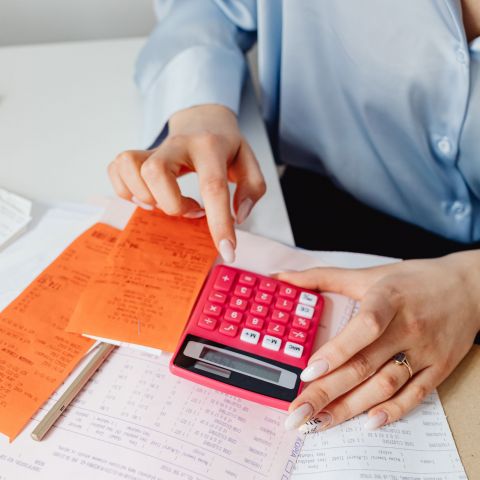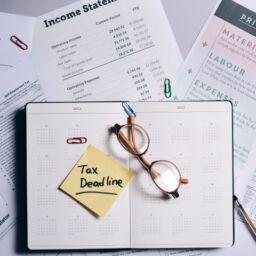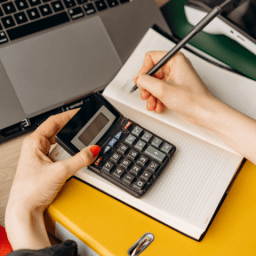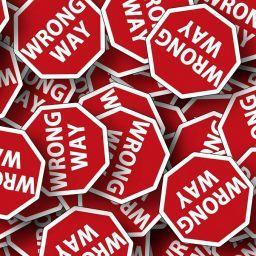
By claiming expenses through maintaining precise records and keeping receipts, businesses can lower their tax bill by offsetting a substantial portion of their expenditures against their income.
Hiring a tax agent or accountant to handle your tax return could result in cost savings as they possess extensive knowledge of eligible deductions you may claim.
In the course of running your business, you may incur costs, which are referred to as expenses. When it’s time for tax filing, your taxable income, i.e., the total profit you made, can be reduced by claiming eligible expenses. The greater the amount of expenses you can claim, the lower your tax liability becomes.
Business expenses — Inland Revenue
Business expenses include two categories:
- Revenue expenses, such as advertising and wages, are incurred in the day-to-day operations of the business.
- Capital expenses, such as machinery, computers, or tools, are considered assets. It’s important to note that items costing $1000 or more usually require depreciation.
Typically, revenue expenses are claimed in the year they are incurred, while capital expenses are depreciated over time.
Full income – Allowable expense = Taxable income
When you are registered for GST, your income tax return will not include GST on your income and expenses since it is reported separately in your GST return.
In contrast, if you are not registered for GST, your income tax return will include GST solely on your expenses.
Depreciation: How to spread the cost of your assets
All self-employed individuals, such as contractors and sole traders, have the ability to deduct expenses from their income.
Business expenses can include:
- vehicle expenses, transport costs and travel for business purposes
- rent paid on business premises
- depreciation on items like computers and office furniture
- interest on borrowing money for the business
- some insurance premiums
- work-related journals and magazines
- membership in professional associations
- home office expenses
- work-related mobile phones and phone bills
- stationery
- work uniforms
- tax agent’s fees.
Using the vehicle logbook template provided by the Inland Revenue is recommended. You can obtain this spreadsheet from the Tool for Business website.
Tool for Business downloads: Vehicle logbook template — Inland Revenue
If you possess an investment property, eligible expenses that you may claim consist of:
- repairs and maintenance (excluding any renovations that significantly enhance the property’s value)
- professional services fees, like accountants, lawyers or property managers
- rates and insurance
- mortgage repayment insurance
- vehicle and travel costs incurred for property inspections or repairs
- depreciation of capital expenses, such as whiteware, appliances, or heat pumps
- legal fees related to the acquisition of a rental property provided that the expense does not exceed $10,000
Rental property expenses — Inland Revenue
It’s important to note that not all expenses, even those solely for business purposes, can be claimed in full. Some expenses, such as certain entertainment costs, may only be claimed at a 50% rate. Only expenses that are entirely for business purposes are eligible for 100% deduction.
In situations where an expense is incurred for both business and personal purposes, the portion of the expense that is related to the business activity may be claimed. For instance, if a vehicle is utilised half of the time for business purposes and half for personal reasons, only 50% of the travel expenses may be claimed for business purposes.
For particular expenditures like business entertainment, which includes client meals and staff functions, a 50% deduction may apply.
Entertainment expenses — Inland Revenue
Suppose you utilise a portion of your home, such as your study or garage, for business activities. In that case, you may be eligible to claim a portion of the household expenses, including:
- rates
- power
- house and contents insurance
- mortgage interest if you own the home
- rent if you are renting the home
It is crucial to retain invoices for these expenses.
Suppose your home has a total area of 100 square metres, and your designated work area is 10 square metres, which represents 10% of the overall space. In that case, you may claim 10% of expenses that aren’t solely for business, such as your home phone line.
If you don’t utilise a separate area of your home for business purposes, you must factor in the time you spend on your business activities and the area utilised.
For those who are GST registered, the GST component on home office expenses may be claimed as they are paid, either during each GST return period or at the conclusion of the tax year. Mortgage interest and rent do not include GST.
Using your home for business — Inland Revenue
If you operate a business from your home, whether you’re a contractor, sole trader, partner, or company owner, you may be entitled to claim a portion of household expenses. You may claim 100% of expenses that are exclusively for business purposes, such as a business phone line. For other expenses, you may claim the percentage of your home utilised for work.
Suppose your home is 100 square metres, and your office occupies 10 square metres, which represents 10% of the total area. In that case, you may claim 10% of expenses that aren’t exclusively for business purposes, such as a power bill. Regardless of what you claim, it’s essential to maintain a record of each item.
- Landline phone costs:
- 10%
- 50% if that’s how much you use for business purposes.
- 100% if it’s for business use only.
- Mobile phone costs:
- 10%
- 100% if it’s for business use only.
- 100% of office supplies, eg paper and pens.
- 100% of new furniture under $1,000 an item — items over $1,000 must be depreciated instead.
- 0% of food and drink, unless you’re entertaining for work.
- 10% of internet costs, but you can claim more if you can prove you use more for business.
- 0% of furniture and TV only for household use.
- 0% of vehicle expenses as household costs. Instead, use a logbook to track your business mileage.
- 10% of mortgage interest payments OR
- 10% of the rent.
- 10% of the security alarm bill.
- 10% of power and gas, but you can claim more than this if you can prove you use more for business.
- 10% for toilet rolls and hand soap.
- 0% of bedroom furniture
- 0% of satellite TV subscriptions unless it’s for business use.
- 10% of the heating bill.
- 100% of magazine subscriptions for your business.
- 10% of lightbulbs.
To make claiming work-related expenses easier, it is recommended to pay for them using your business account. This will provide a clear record for claims and if you use accounting software, it will be automatically coded and totalled.
To obtain additional information, kindly refer to our How to reduce your tax bill guide.
As a contractor, sole trader or business owner, you are required to claim your business expenses annually in your tax return. The expenses must be deducted from the earnings generated by your business during the year.
Claiming expenses necessitates maintaining records of expenses, including receipts, as failure to provide such evidence may result in Inland Revenue rejecting the expense claim.
At the end of the year, it is necessary to complete your business accounts, which entails totalling all income and expenses. When filing your tax return, you can either copy the income and expenses into your financial statements summary (IR10) or provide Inland Revenue with a summary of your accounts.
Employing the services of an accountant or bookkeeper, or utilising accounting software, can assist in the correct completion of your annual return and accurate expense claims.
To maintain a record of your receipts and invoices, fasten them with a staple to your bank statement for the respective month before storing them.
In case you prefer to maintain digital records, capture photographs of your receipts and store them alongside your other records. However, it is advisable to hold onto the physical copies as well.
Neglecting filing and paperwork may seem effortless, but maintaining proper records can simplify the process of filing taxes and ultimately save time.
Incorporating online accounting software services and mobile phone apps can assist in documenting receipts and tracking expenses.
It is mandatory to retain tax records for a period of seven years, which should be in English unless permission is granted by the Inland Revenue to use another language.
Record-keeping checklist — Inland Revenue
To prevent errors while claiming expenses, steer clear of these typical mistakes:
- Failing to distinguish between your personal and business receipt. It’s crucial to distinguish which receipts to claim against your business tax return and your personal tax return (unless you’re a sole trader).
- Discarding receipts or invoices too early. You must retain them for seven years.
- Not being aware of what expenses you are eligible to claim.
Are you struggling with accounting and business management for your business? We are here to help! Get in touch with us to discuss how our expert services can support your business’s success. Contact us today to schedule a free consultation and see how we can add value to your operations.















